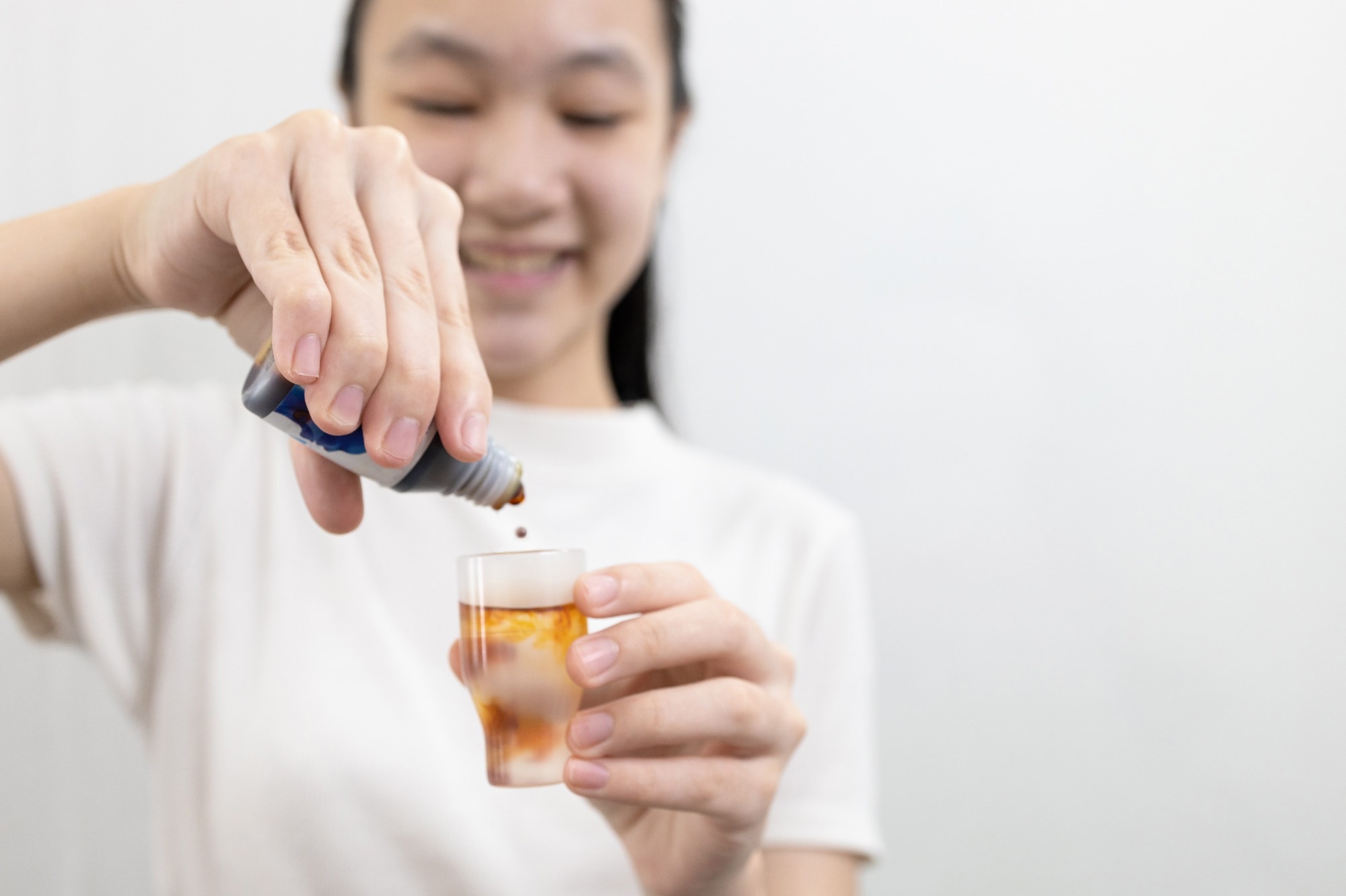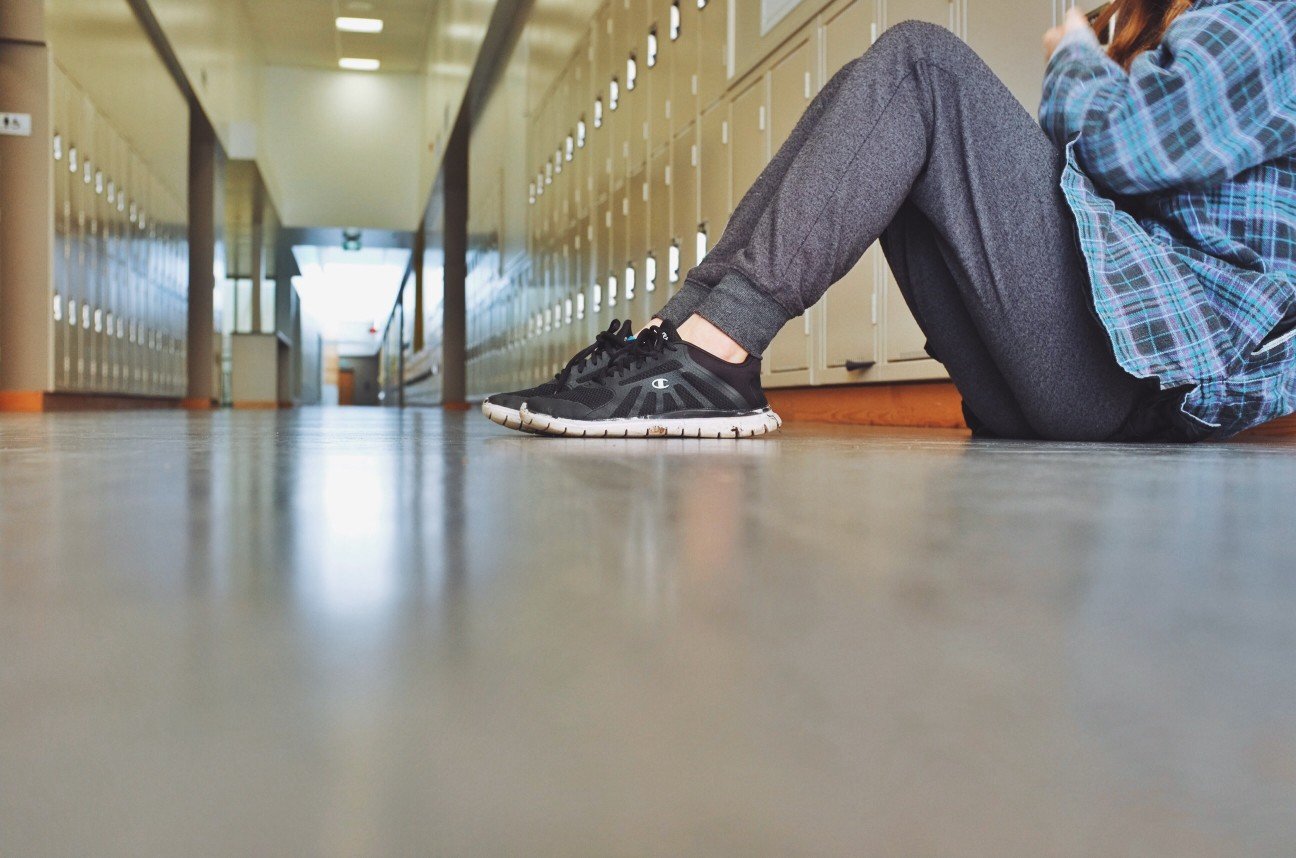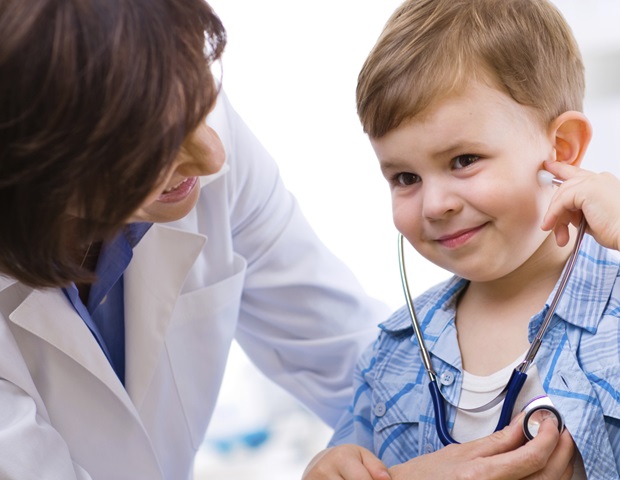A prospective, randomized, open-level clinical trial demonstrates that gargling with povidone-iodine accelerates viral clearance and reduces saliva infectivity in patients with asymptomatic or mild coronavirus disease 2019 (COVID-19). The trial findings have been published in the journal Scientific Reports.
 Study: A prospective, randomized, open-label trial of early versus late povidone-iodine gargling in patients with COVID-19. Image Credit: CGN089 / Shutterstock
Study: A prospective, randomized, open-label trial of early versus late povidone-iodine gargling in patients with COVID-19. Image Credit: CGN089 / Shutterstock
Background
Severe acute respiratory syndrome coronavirus 2 (SARS-CoV-2), the causative pathogen of COVID-19, is a respiratory virus that primarily spreads between individuals through respiratory droplets and aerosols. However, when present in the saliva, the virus also plays a significant role in disease transmission. In this context, studies have suggested that the risk of COVID-19 transmission can be suppressed by reducing salivary SARS-CoV-2 load.
Povidone-iodine is a polyvinylpyrrolidone (PVP) and iodine complex with broad-spectrum antiseptic activity. The complex uses iodine to oxidize and destroy microbial components. A few small-scale studies have shown that gargling with povidone-iodine effectively reduces salivary SARS-CoV-2 load in COVID-19 patients.
In the current prospective, open-level, randomized clinical trial, scientists have investigated whether gargling with povidone-iodine reduces salivary viral load and infectivity in a large number of COVID-19 patients.
Study design
A total of 430 adolescent and adult patients with asymptomatic or mild COVID-19 were recruited from three quarantine centers in Osaka, Japan. The patients were randomly divided into two groups, the early intervention group, and the late intervention group.
The early intervention group patients started mouth washing and gargling on day 2 post-saliva sampling and continued till day 6. The late intervention group patients, instead, mouth washed and gargled on days 5 and 6.
Each povidone-iodine intervention included one-time mouth washing and two-times gargling. In both groups, the patients performed povidone-iodine intervention four times a day (before saliva sampling at the time of waking up, before lunch, before supper, and before sleeping). In the late intervention group, the patients performed the same procedure with water from day 2 to day 4.
The saliva samples collected from the patients were tested for both viral load and viral infectivity. The study primarily aimed to determine viral clearance at day 5. The presence of infectious virus in the saliva was also measured on day 5 as the investigational endpoint of efficacy.
Antiviral efficacy of povidone-iodine
The viral clearance rate in saliva samples at day 5 was estimated to be 34% in the early intervention group and 21% in the late intervention group. These observations indicate that gargling with povidone-iodine for the initial three days is significantly more effective than gargling with water in reducing salivary viral load.
Considering a sub-group of patients aged 40 – 49 years, a significantly higher viral clearance was observed in the early intervention group compared to that in the late intervention group.
The viral clearance rate in saliva samples at day 6 was estimated to be 41% in the early intervention group and 36% in the late intervention group. These observations further highlight the antiviral efficacy of povidone-iodine in reducing salivary viral load.
The viral infectivity in saliva samples at day 5 was estimated to be 3% in the early intervention group and 9% in the late intervention group. These observations indicate that gargling with povidone-iodine is effective in reducing disease transmission.
Safety profile of povidone-iodine
No significant difference in COVID-19-related adversities and symptoms was observed between the two groups during the study period.
Regarding intervention-related adversities, only one patient from the early intervention group reported oropharyngeal discomfort. The severity of the adversity was grade 1, and the discomfort resolved two days after the onset.
No death or severe adversity occurred to the patients during the study period.
Study significance
The study findings demonstrate that gargling with povidone-iodine can accelerate salivary SARS-CoV-2 clearance and reduce viral transmission via salivary droplets and aerosols in patients with asymptomatic or mild COVID-19.
As mentioned by the scientists, these findings might not be generalized to patients with moderate or severe COVID-19.

 PARENTING TIPS
PARENTING TIPS PREGNANCY
PREGNANCY BABY CARE
BABY CARE TODDLERS
TODDLERS TEENS
TEENS HEALTH CARE
HEALTH CARE ACTIVITIES & CRAFTS
ACTIVITIES & CRAFTS

